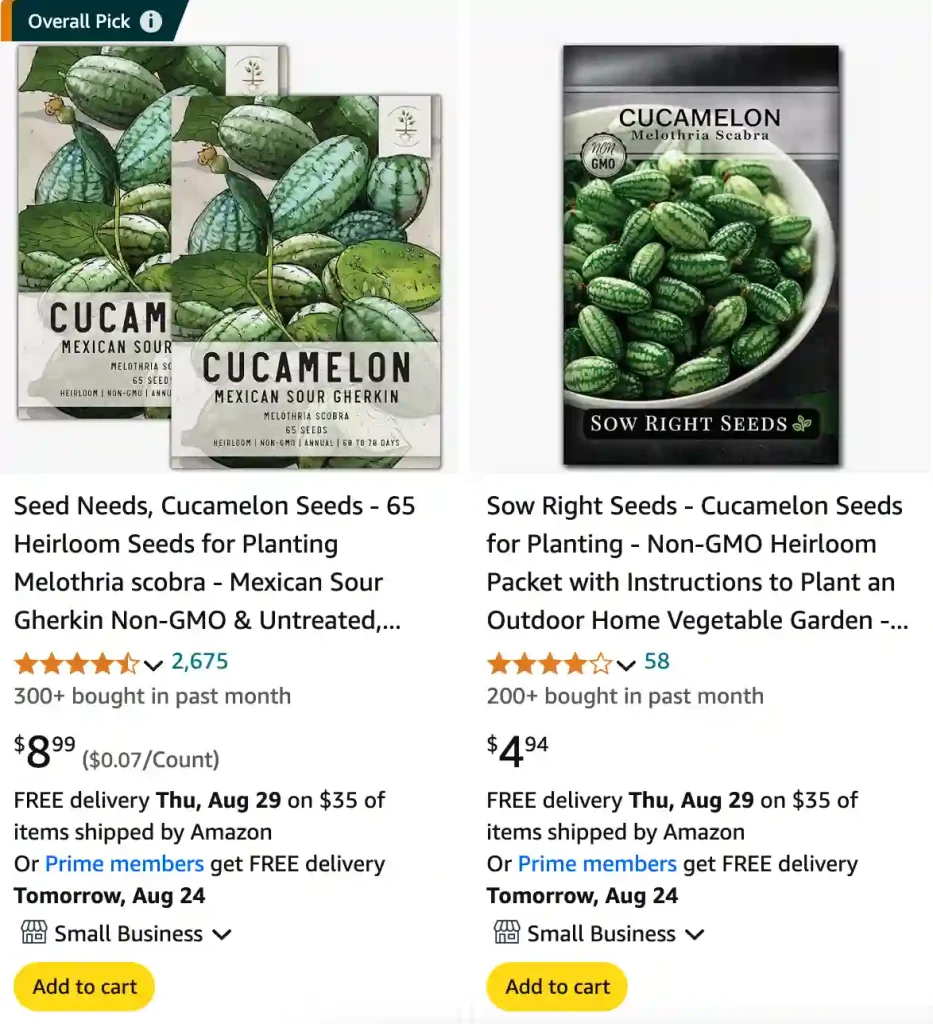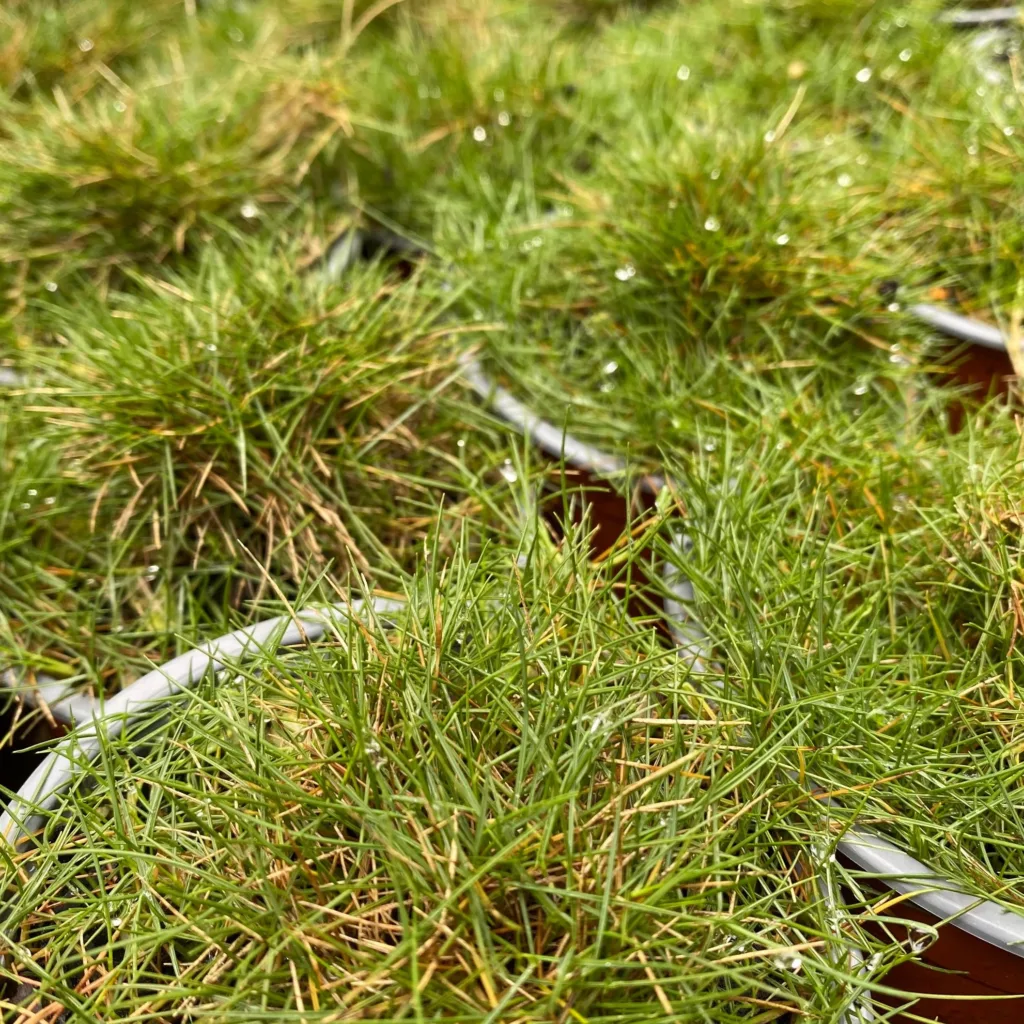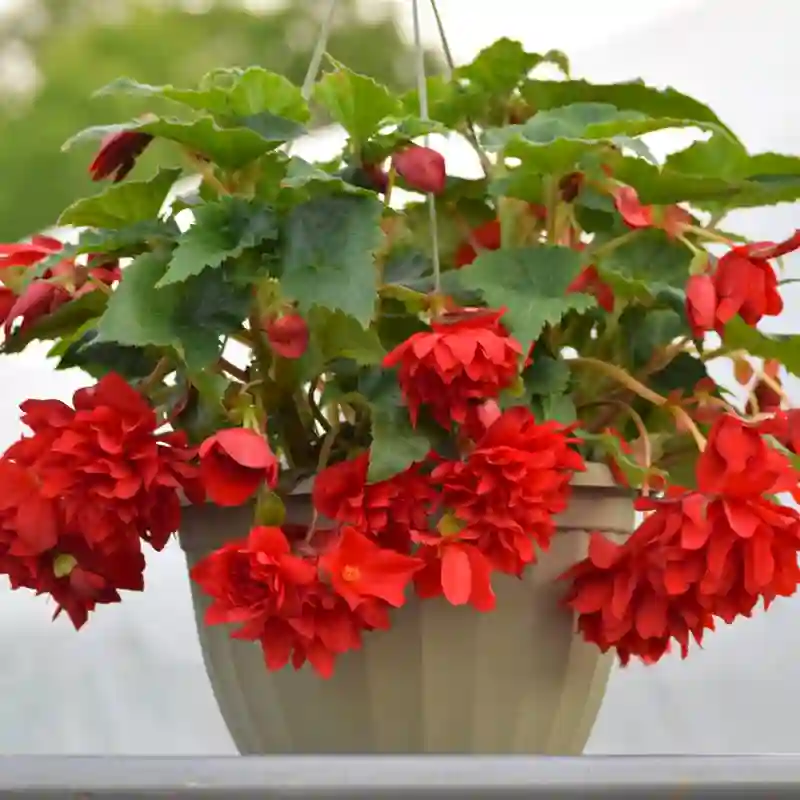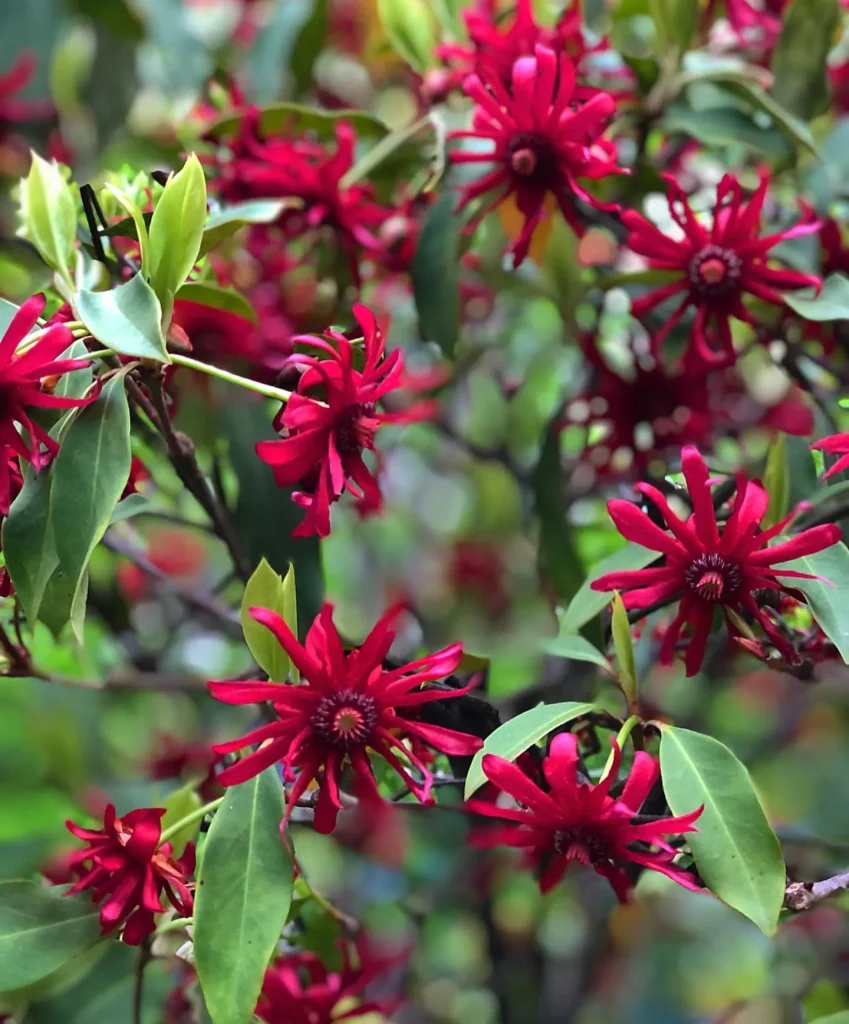
FAQs About Cucamelon: Your Ultimate Guide
Cucamelons are one of those delightful, quirky plants that always spark curiosity. If you’ve come across this tiny, intriguing fruit and are wondering what it’s all about, you’re in the right place. As someone who’s dabbled in growing and tasting cucamelons, I’m excited to share everything you need to know.
What is a Cucamelon?
Cucamelon, also known as Melothria Scabra, belong to the Cucurbitaceae family, is a unique fruit that resembles a miniature watermelon but has the tangy flavor of a cucumber. Often called the “Mexican sour cucumber”, this plant is native to Mexico and Central America. Despite its resemblance to a watermelon, it’s more closely related to cucumbers and gourds. The tiny fruit grows on a vine and is a fun addition to any garden or meal.
Plant Family: 101 Genera in Cucurbitaceae
What Do Cucamelons Taste Like?
Cucamelons have a distinct taste that’s a blend of cucumber and lime. They’re refreshing with a hint of tartness, making them a perfect snack or addition to salads. When eaten raw, they offer a crisp texture and a burst of citrusy flavor. Some people describe their taste as having a slight sourness, similar to a pickle but much milder.
Where to Buy Cucamelon?
Finding cucamelons can be a bit of a treasure hunt. You can often purchase seeds from specialty online seed stores or local nurseries. Some farmers’ markets might carry them, especially if you’re in an area where they’re more common. If you’re looking for established plants, check with garden centers that specialize in unusual or exotic plants.
How to Eat Cucamelon?
Cucamelons are incredibly versatile. You can eat them raw as a snack, toss them into salads for a refreshing crunch, or use them as a garnish for cocktails. They can also be pickled or used in salsas and dips. Their unique flavor adds a fun twist to many dishes, so don’t hesitate to experiment with them in your cooking.
How to Grow Cucamelon?
Growing cucamelons is a rewarding experience, especially if you enjoy cultivating unusual plants. Here’s a quick guide to get you started:
- Planting: Cucamelons thrive in warm, sunny environments. Plant the seeds indoors about 6-8 weeks before the last frost or sow them directly outdoors after the danger of frost has passed.
- Soil: They prefer well-draining soil rich in organic matter. Incorporate compost into the soil to enhance its fertility.
- Watering: Keep the soil consistently moist but not waterlogged. Regular watering is crucial, especially during dry spells.
- Support: Provide a trellis or other support structures as cucamelons are vining plants. They’ll climb and produce fruit more effectively with some guidance.
How Big Do Cucamelons Get?
Cucamelons are petite, typically growing to about the size of a grape or cherry tomato. They usually reach around 1-2 inches in length. Their small size makes them perfect for snacking and adding to dishes without overwhelming other flavors.
When to Harvest Cucamelons?
Harvest cucamelons when they are firm and have reached their full size. They should be green with the characteristic watermelon-like stripes. If they start to turn yellow, they may be overripe. Harvesting them regularly encourages the plant to produce more fruit.
Are Cucamelon Tubers Edible?
Interestingly, cucamelons produce tuber-like roots that are not typically eaten. The main culinary focus is on the small fruits. The tubers are generally not consumed and are more important for the plant’s growth and nutrient storage.
Cucamelon vs Creeping Cucumber
It’s easy to confuse cucamelons with creeping cucumbers (Melothria pendula). While they share some similarities, they are distinct plants. Creeping cucumbers are more invasive and have a fruit that can become quite spiky and unpalatable when overripe. Cucamelons, on the other hand, are more manageable and have a smoother texture with a tastier flavor profile.
How to Care for Cucamelons?
Caring for cucamelons involves providing adequate light, water, and nutrients. Regularly check for pests and diseases, which can affect the plant’s health and productivity. Mulching around the base can help retain soil moisture and suppress weeds.
How to Propagate Cucamelons?
Cucamelons can be propagated from seeds. Start them indoors or sow them directly in the garden once the weather warms up. They can also be grown from cuttings, although starting from seed is more common.
What to Plant With Cucamelons?
Cucamelons pair well with other vining plants like tomatoes and pole beans. Their vertical growth habit makes them suitable for companion planting in a garden. Ensure they have enough space to climb without overshadowing other plants.
Is it Toxic?
Cucamelons are non-toxic and safe to eat. There are no known harmful effects associated with consuming them, making them a great addition to your diet.
Benefits
Cucamelons are not just fun to grow; they offer several benefits. They’re low in calories and high in hydration, making them a refreshing snack. Additionally, they’re rich in vitamins and minerals, contributing to a balanced diet.
Common Problems
The most common problems with cucamelons include pest infestations and diseases like powdery mildew. Regular monitoring and good garden hygiene can help mitigate these issues. Ensure proper spacing and air circulation to prevent fungal issues.
Cucamelons are a delightful plant to grow and enjoy. Whether you’re an experienced gardener or a curious foodie, incorporating these tiny fruits into your garden and meals can be a fun and rewarding experience.
If i die, water my plants!



